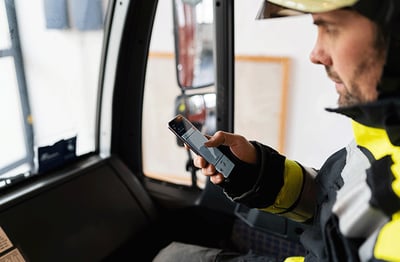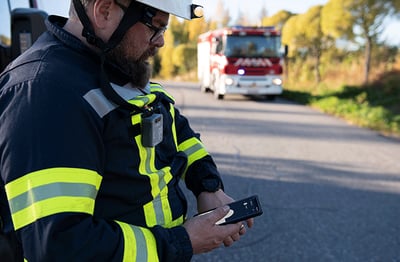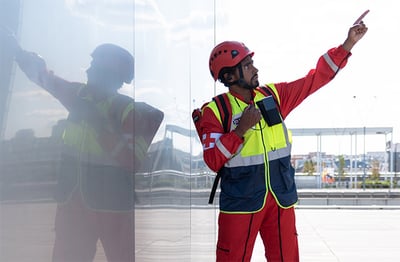Your new duty mobile phone or hybrid device looks good and will keep you and your customers safe – but how do you make sure you will still have battery power left at the end of your shift?
Most smartphones use Li-On batteries these days – and here are eight great ways to make your device run for longer between recharges.
How to extend smartphone battery life - 8 tips for professionals
- Use the screen only when necessary
- Open your maps only when necessary
- Watch your browsing and email use
- Watch videos only when necessary
- Turn down your loudspeaker
- Use the push-to-talk without using the screen
- Don't worry about Wi-Fi and Bluetooth
- Choose a smartphone with a changeable battery.
Mission-critical, professional users ask a lot of their smartphones. They may need to stream videos, for example from accident scenes, or use their screen extensively or use their smartphone in cold or hot temperatures. All these will shorten the time the battery can provide power – in particular, low temperatures will give a much shorter battery life.
Check these eight helpful smartphone battery life tips for professional users!
1. Screens eat energy
The screen is the main glutton when it comes to consuming battery power. You want a big screen on your device, so that you can use apps effectively, but you should use it only when necessary.
The best devices will allow you to use the PTT-functions, such as talking to your group, without needing to touch the screen.
The best bet is to have freely programmable buttons, set to do your organisations’ most commonly used functions – for example, talking to your main selected group and talking to your management group. This cuts the time you need to use the screen.
You can also configure your phone to switch the screen off if it has not been used for a while, maybe a minute or even less.
2. Maps lead to more energy use
Maps are often crucial to mission-critical users are at work, but they do tend to use a lot of battery power – again, mainly because the screen is constantly on.
The GPS part of the map apps consumes much less power, so when you are not using maps, the GPS can stay on in the background.
3. Keep an eye on browsing and email
Browsing as such is not a huge power eater, but since you need the display to do it, it does consume a lot of battery power. Email is the same, but in email’s case you should also check how often mails are “pushed” into your device. Check if you could download emails only when you need them - this can cut power consumption significantly.
4. Watch your video use
Police and other public safety officers are bound to use ever more video in their daily work. Typical uses will be sending and/or viewing situation video, from vehicles, or from CCTV cameras in the area. Sometimes it is crucial to see what colleagues are seeing, while sometimes video is used to support reporting. In all cases, you’ll need to be aware of how much video streaming your battery life can support.
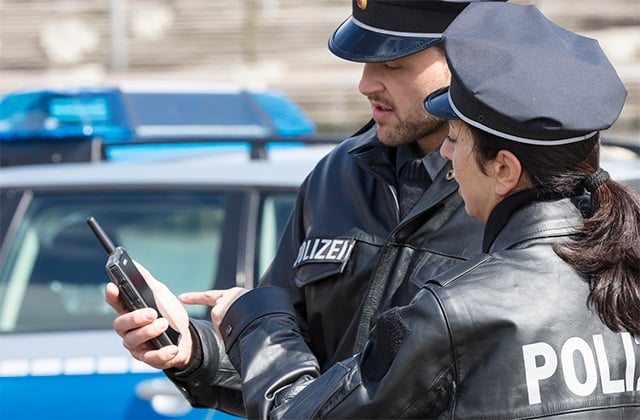
Handpicked related content
What are the most important smartphone battery requirements? This blog post reveals the five essential things you’ll want to consider - "Battery life: What to look for in your duty smartphone?"
5. Turn it down to save power
Mission-critical users and PTT app users often use the loudspeaker more than normal smartphone users. This uses a lot of power, almost as much as the display. Smart accessories can reduce the need to use the loudspeakers.
6. It’s good to talk
When talking with colleagues (using the PTT app) is done without using the screen, it makes much better use of the battery. This is a great advantage when doing a long shift in police duty, for example.
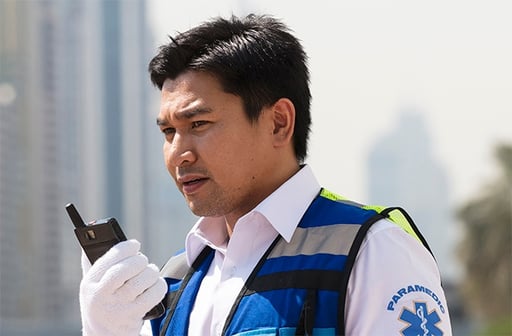
7. Wi-Fi and Bluetooth are not culprits
Modern Bluetooth accessories do not consume very much battery power. This is good news for mission-critical users, since they often use headsets or other helpful accessories, to keep their hands free for driving or other tasks.
Having Wi-Fi on also does not consume a lot of battery resources.
8. Bigger is better
When comparing different devices, pay attention to battery size. In the mission-critical environment, it is crucial that batteries last as long as possible and are easily changeable – this is not the case with most smartphones. One example of a device with a large battery, which can be easily changed, is Tactilon Dabat, the TETRA radio and LTE smartphone in one device.
Would you like to get to know this hybrid device which is a rugged smartphone and TETRA device with a changeable battery? Download the Tactilon Dabat Technical Specification - it has all the details!
Hand-picked related content:
Not sure what a hybrid device is? Learn the essentials from the blog post "This is what professionals really want to know about hybrid devices”.


